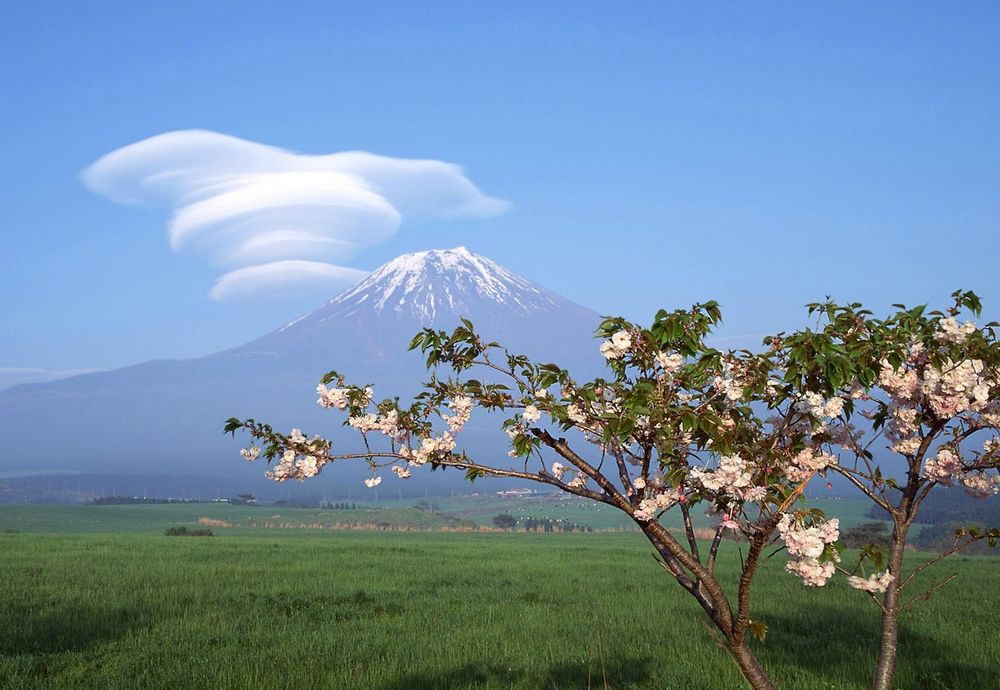Fujiyama is the most beautiful active volcano on the planet, sung by poets and captured on engravings and canvases of artists.
Its perfect conical shape is striking, crowned with a crater with a diameter of 505 meters and a depth of about 200 meters, from which hot lava has not erupted for 308 years. The crater is symmetrically framed by protruding rocks, in which the Japanese see the “Eight Petals of Fujiyama”. Since 1708, the volcano has been in a state of sleep and rest, and this state, according to scientists, will last for a very, very long time.
Climbing to the top
To climb Fujiyama, towering over the plain at 3776 meters, is the duty of every Japanese, and those who ignore it are equal to fools. The mountain is considered sacred and is a place of pilgrimage for Buddhists and adherents of the official Japanese religion – Shintoism. They are attracted by an ancient Shinto temple on the very top of the mountain.
Only two summer months are acceptable for visiting Fujiyama: July and August, when the mountain is freed from snow cover and gives the green light to numerous tourists, a third of whom are foreigners.
A dangerous journey
At the foot of the majestic mountain, hot springs are beating, rice fields are spreading, the mystical Aokigahara forest is sternly silent, and cherry and plum orchards bloom in spring. Those who want to get to the top of the volcano queen need to overcome 10 stations, spending a lot of effort and several hours of time. You need to be prepared for the fact that in places the ascent is quite steep and rocky, strong gusts of wind and lack of oxygen are possible. As you climb up the slope, the temperature will decrease, and prices in mountain huts, on the contrary, will increase. But they will offer food, drink, sleeping places, and oxygen cylinders in case of mountain sickness.
Going on a journey, it is necessary to bring warm clothes and gloves with you – they will warm your hands and protect them from damage. Toilets are located throughout the routes. Unfortunately, not everyone manages to conquer the top on the first attempt, there is not enough stamina and fortitude. You can simplify the ascent by reaching the fifth station by bus. Thus, the difficult route will be shorter by 2 kilometers. A bamboo staff with bells, bought in a shop at the foot of Fujiyama, will help out on the way and entertain a little.
The descent from the mountain is much easier and faster than the ascent. The magic train of Fujiyama will stretch for everyone who conquered her to the threshold of her native home.












